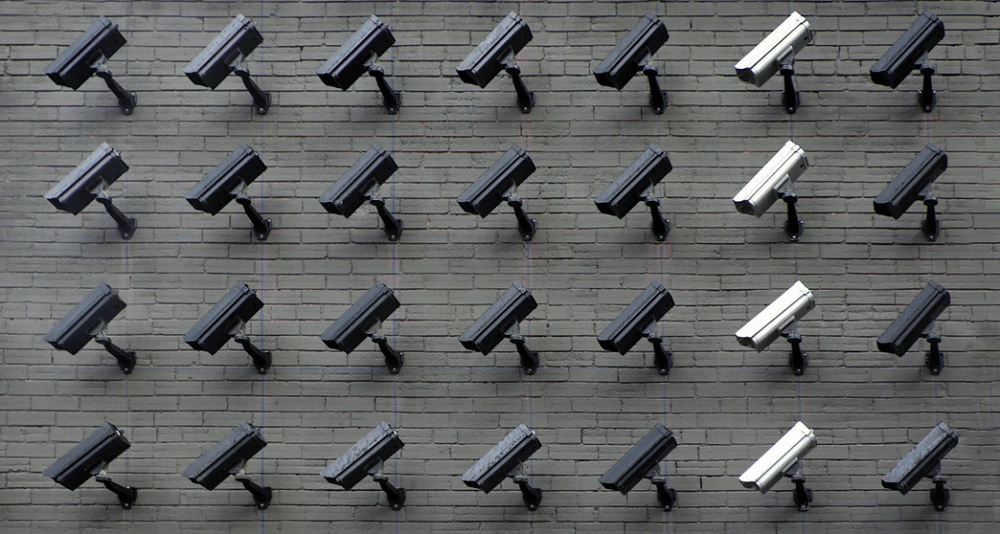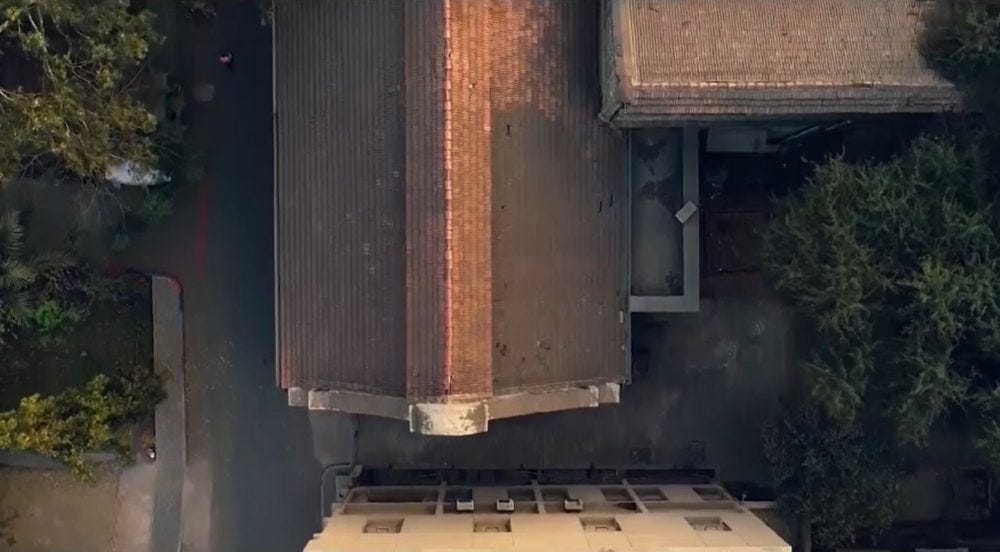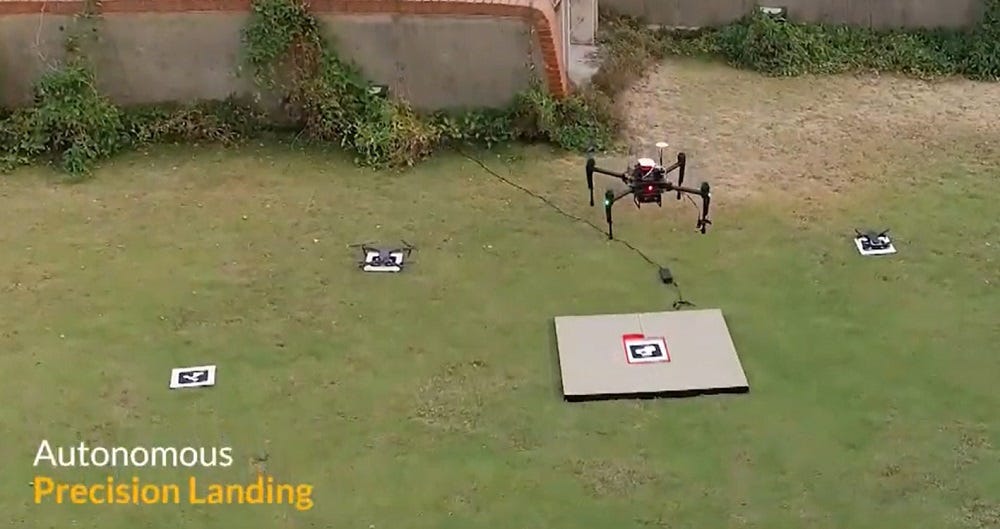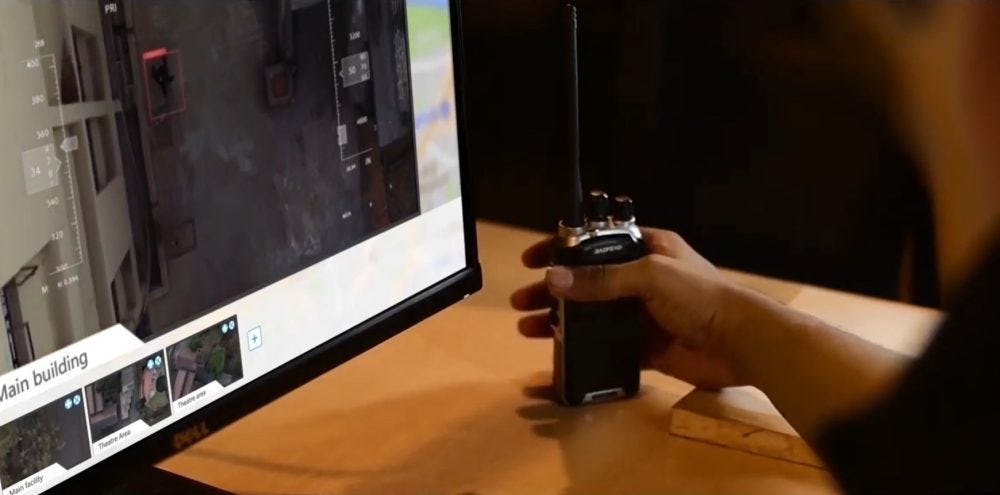 COVID-19 i.e. the coronavirus disease has been aptly called the Black Swan of 2020 — a global contagion that will disrupt public health and the global economy. With social distancing turning out to be insufficient, governments across the world are moving to comprehensive lockdowns, likely for weeks if not months, in order to ‘flatten the curve’ and get this pandemic under control.
COVID-19 i.e. the coronavirus disease has been aptly called the Black Swan of 2020 — a global contagion that will disrupt public health and the global economy. With social distancing turning out to be insufficient, governments across the world are moving to comprehensive lockdowns, likely for weeks if not months, in order to ‘flatten the curve’ and get this pandemic under control.
Get started with FlytNow Pro for free, to help your employees, customers, partners and the general public tackle COVID-19 safely. Learn more at http://flytnow.com/COVID-19

In these trying times, each company is striving to do its part in helping their employees, partners and customers cope. FlytBase, for our part, is making FlytNow Pro available for free (until at-least May 31, 2020) for customers who seek to deploy drones as an aid to help control the virus.
Safety via Autonomy
The most powerful weapon in the battle against COVID-19 is avoiding human-to-human contact. Drones can thus serve us well — when used remotely and autonomously. Whether monitoring public spaces via live video feeds, delivering medicines to the last mile, or aiding public safety personnel during incident response, autonomous drones can help minimize human interactions while ensuring that food, medicines and help reach people on time.
Monitoring of Public Spaces
Across the world, national and local governments have rapidly started closing public spaces — train & bus terminals, schools, colleges, airports, parks, malls — and soon even commercial offices and retail shops. Unfortunately, there remains a need to monitor and enforce such shutdowns, since not all members of the public are diligently adhering to social distancing and self-quarantines.
Drones, equipped with payloads such as beacons, loudspeakers, and sirens, can thus serve as a public safety aid — sending live video feeds to COVID-19 control centers, warning people of the need to stay indoors, and perhaps even spraying disinfectants! Thermal cameras mounted on drones, and controlled remotely via FlytNow, can automatically identify crowds, which can then be quickly dispersed to minimize human-to-human transmission of the virus. Such low-latency video streams can be shared with stakeholders across geographies to help monitor the overall social situation and make informed decisions about shutdowns, crowd control and public safety.
Food & Medicine Delivery
With health workers directly exposed to the virus, drone service providers can use FlytNow to deliver medicines, first aid kits and other emergency supplies — to homes as well as hospitals. Via 4G connectivity, drones and their payloads can be remotely controlled — such missions can be planned and launched from cloud-based dashboards, accessible to multiple stakeholders. Live video streams in the FlytNow dashboard can help confirm medical deliveries, and the recipients can participate in flight planning and monitoring, in a remote yet secure manner.
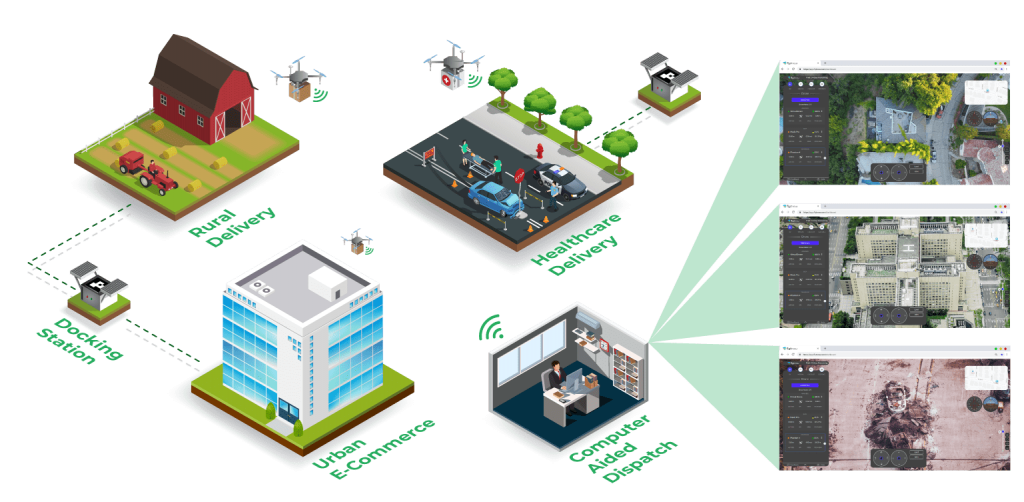
At a time when supply chains are getting disrupted, remote and/or rural populations need to be proactively assisted with daily supplies. Drones are an ideal solution for this urgent need — via EVLOS and BVLOS operations that can be remotely planned, controlled and monitored using FlytNow. Even in urban areas, public health officials are strongly encouraging e-commerce and delivery of daily provisions, instead of people visiting supermarkets, restaurants and pharmacies.
Emergency Response
First responders, whether police, firefighters or health workers, now need to be themselves protected against the virus during incident response. Sending drones before people must become an integral part of such operations — powered by FlytNow capabilities such as fleet management, precision landing, autonomous charging, video recording, dual-camera feeds and airspace compliance.
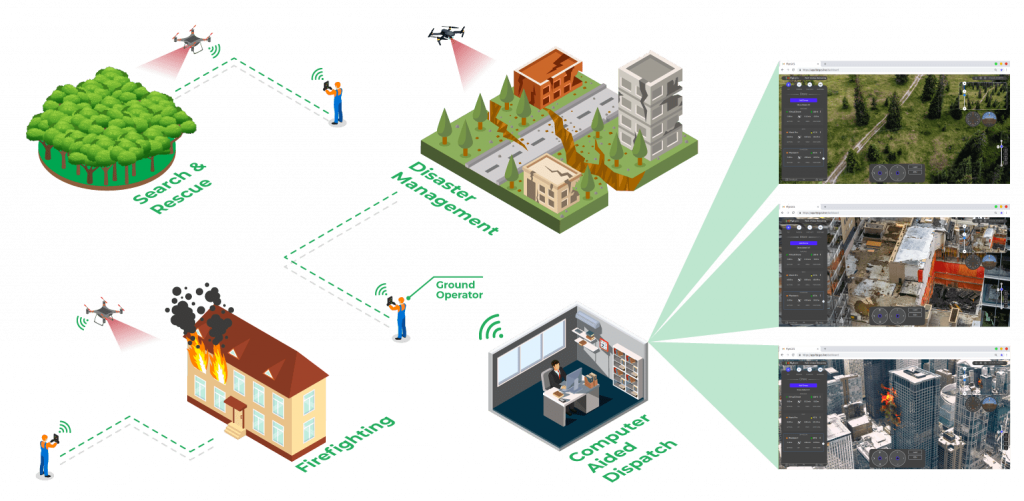
With the pandemic expected to last a while, public safety officials will have to plan for emergency response (with minimal involvement of humans) during floods, hurricanes, and other natural disasters.
FlytBase, Inc. salutes and wishes well, all those involved in this mammoth exercise — our doctors, nurses, aid workers, public servants, first responders, and many other selfless and brave volunteers. We are keen to do our part by leveraging autonomous drone technology to mitigate the adverse effects of the novel coronavirus.
Get started with FlytNow Pro for free, to help your employees, customers, partners and the general public tackle COVID-19 safely. Learn more at http://flytnow.com/COVID-19
